No one wants to think about their cat’s death since everyone loves their feline friends. However, as a pet owner, it is your responsibility to educate yourself about cats’ common causes of death. Many of these diseases are silent killers, which means they may not show any symptoms.
The more educated you are about these diseases, the more sensitive you can be to their symptoms and take cautionary measures. In this case, we talk about the general life span of cats, the most common cause of sudden cat death, and the other fatal diseases they may contract.
The General Life Span of Cats
Every cat has its lifestyle, so it is tough to determine how long cats live. A cat’s general life span depends on a range of factors. This includes their breed, hereditary conditions, and congenital diseases. In addition, environmental factors such as diet, air quality, outdoor exposure, exercise, etc., can also impact a cat’s overall lifespan.
Based on the average data collected by researchers, the average life expectancy of most cat breeds is somewhere around 13-18 years. This is a pretty long time for your cat to be around, so most pet owners do not think about a cat’s death.
However, it should be noted that this life expectancy is based on a healthy, ideal cat’s lifestyle, which is why you should take care of your feline friend’s health if you want it to live to its full potential.

The Most Common Cause of Death
The most common cause of death amongst cats is generally heart disease. Yes, you read that right. Heart diseases plague not only the human world but are also a common cause of cat’s death. When we talk about heart diseases in cats, we do not mean one general disease.
This term encompasses everything from sudden changes in the heart’s rhythmic beating to the formation of blood clots and embolisms. All of these diseases are encompassed under the general heading of cardiac diseases or at least heart-related in some way. They are the most common cause of cat’s death because of their silent nature.
These diseases hardly have any symptoms, and their sudden onset takes cat owners by surprise. Often, a cardiac failure in cats occurs so fast that their owners do not have the time to take their beloved pet to the hospital and end up dying on the spot.
What Can You Do to Avoid It?
When cats die of heart disease, their owners often ask if they could have done anything. Unfortunately, there is not much you can do to prevent a cat’s death by cardiac arrest or disease. Like we said before, your cat may die of cardiac arrest even if it does not have any long-standing disease at all. Hence, there are not many preventive measures you can take.
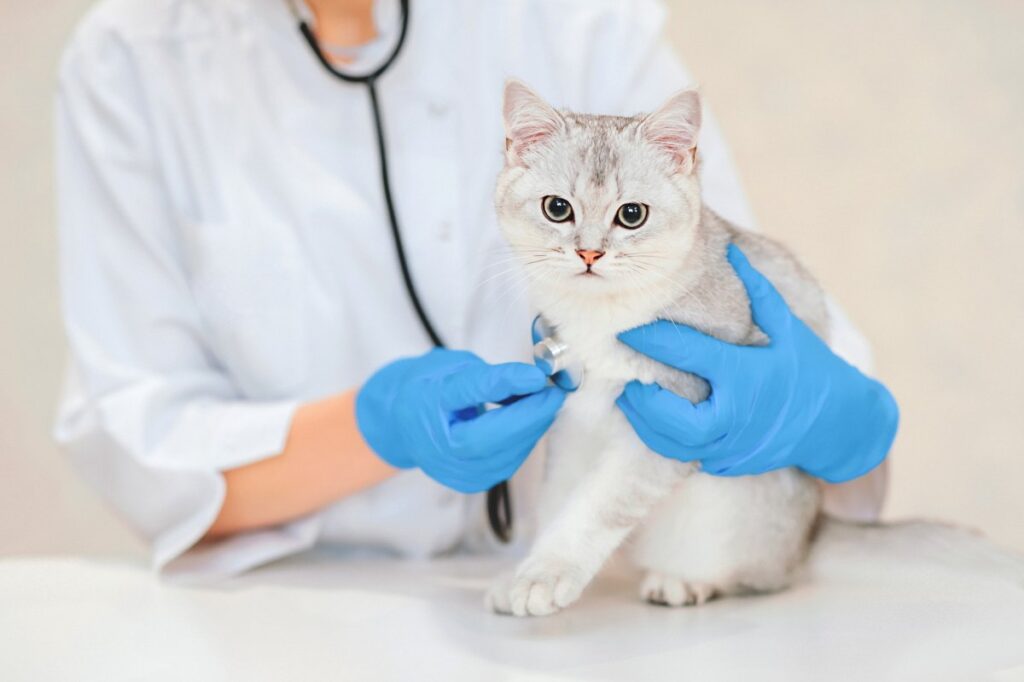
However, if you want to make a conscious effort, then there are a few things you can be careful about. Firstly, take your cat to the vet regularly. A regular checkup after a few months is good.
Your vet can examine your cat to see any abnormalities or whether your cat has been infected by heartworm. Even one or two heartworms could be enough to cause a fatal infection in your cat and lead to cardiac diseases. In some cases, vets can spot them early on.
Secondly, if you are lucky, your cat’s death may not be caused by sudden cardiac arrest, and it may start displaying symptoms beforehand. Some common signs that show your cat is suffering from cardiac arrest or diseases are shortness of breath, exhaustion, lethargy, and difficulty breathing. If you catch these signs, take your cat to the vet immediately, and you could prevent your feline friend from cardiac failure.
Feline Leukemia (FeLV)
In addition to heart disease, the other most common disease that can cause a cat’s death is Feline Leukemia or FeLV. This cancerous disease can affect your cat’s physical and immune health. Almost 30% of cats contracting this disease usually die within 2-3 years due to prolonged illness and immune deficiencies.
On the other hand, if it is caught and treated early on, there is a strong possibility that your cat can produce antibodies and recover from this disease within a few weeks. It all depends on the concentration and intensity of the virus that your cat was exposed to. The most at risk for this virus are male cats that roam outdoors.
FeLV is usually transmitted through saliva and other bodily secretions, and outdoor cats have a higher chance of being exposed to these. If you want to protect your cat from this cause of cat’s death, you should try and monitor its outdoor excursions and restrict its contact with unknown cats.

Feline Immunodeficiency Virus
Another common cause of death amongst cats is FIV, the Feline Immunodeficiency Virus. You guessed it right; this is very similar to the HIV disease found in human beings. If you want to know how fatal it is, you can compare the life expectancy that does and does not have FIV.
A cat infected with FIV can expect to survive for about three years, while a cat without it can stay alive for more than ten years. This makes FIV a common cause of a cat’s death since death is a given in almost all cases of FIV.
This disease is spread when another infected cat bites your cat. So, if you want to protect your feline friend from this common cause of cat’s death, try and prevent your cat from getting into fights with stray cats.
Conclusion
We hope that our guide helped you understand the common diseases and causes that lead to a cat’s death. While cats have a generally long lifespan by animal standards, these diseases can cause a cat’s death at a younger age.
The more you educate yourself about these, the more aware you can be of their symptoms.

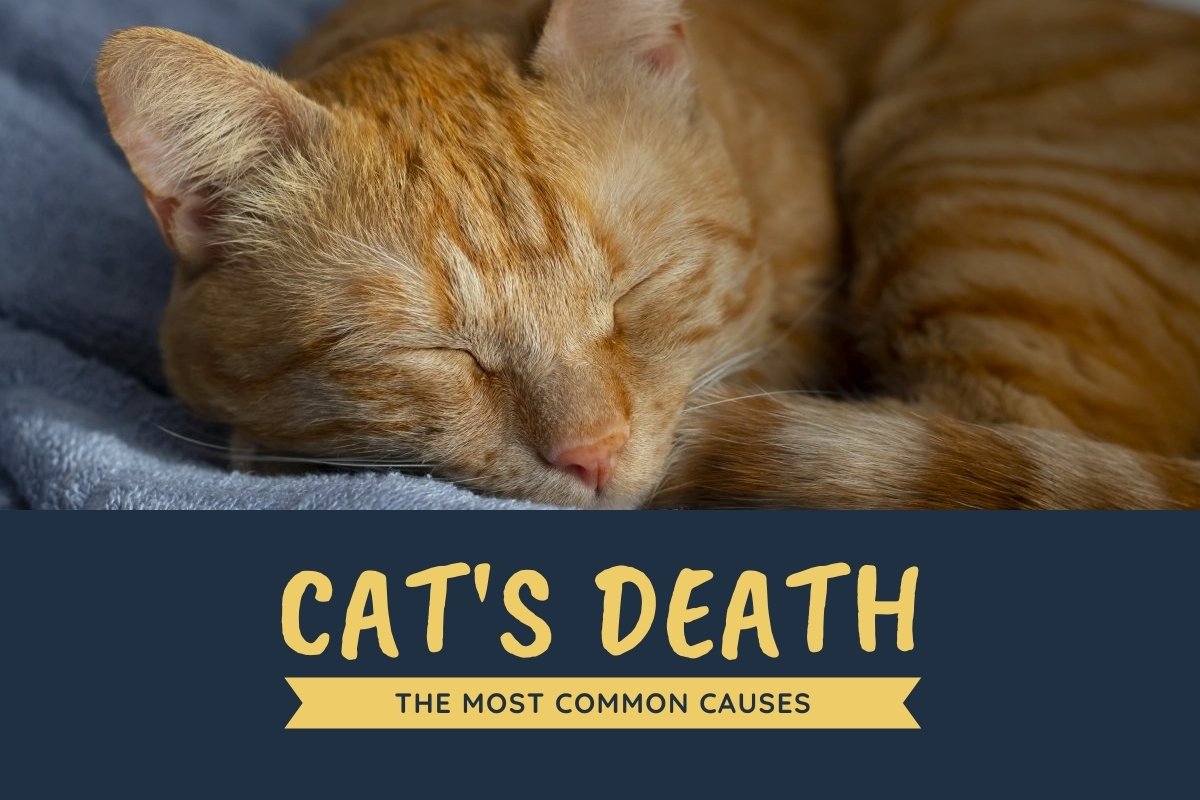

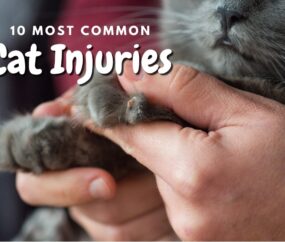
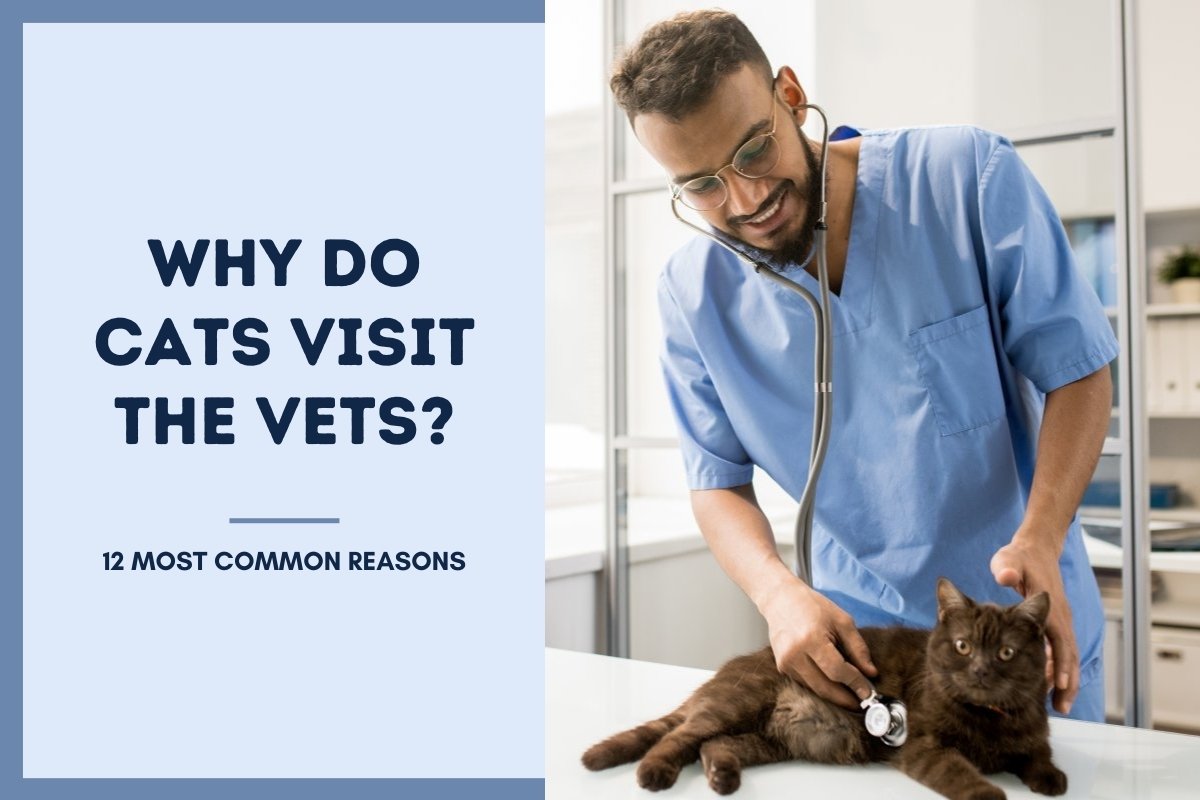
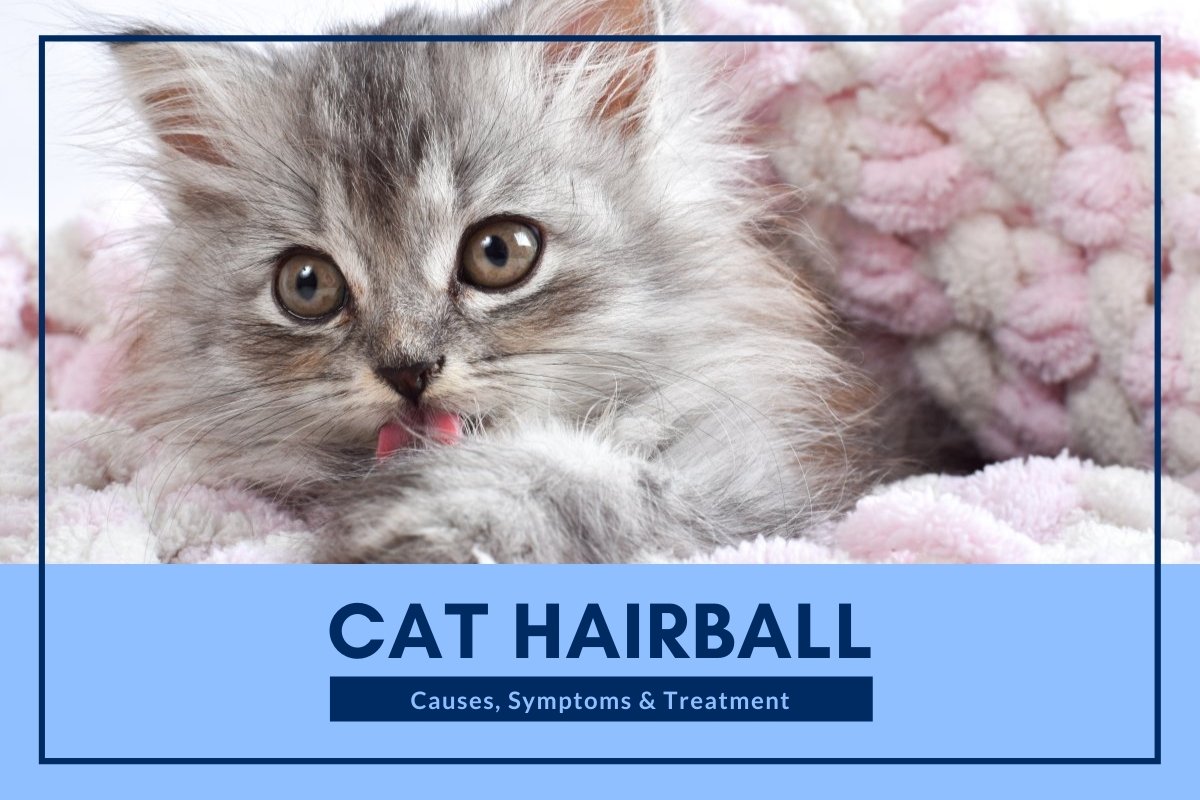
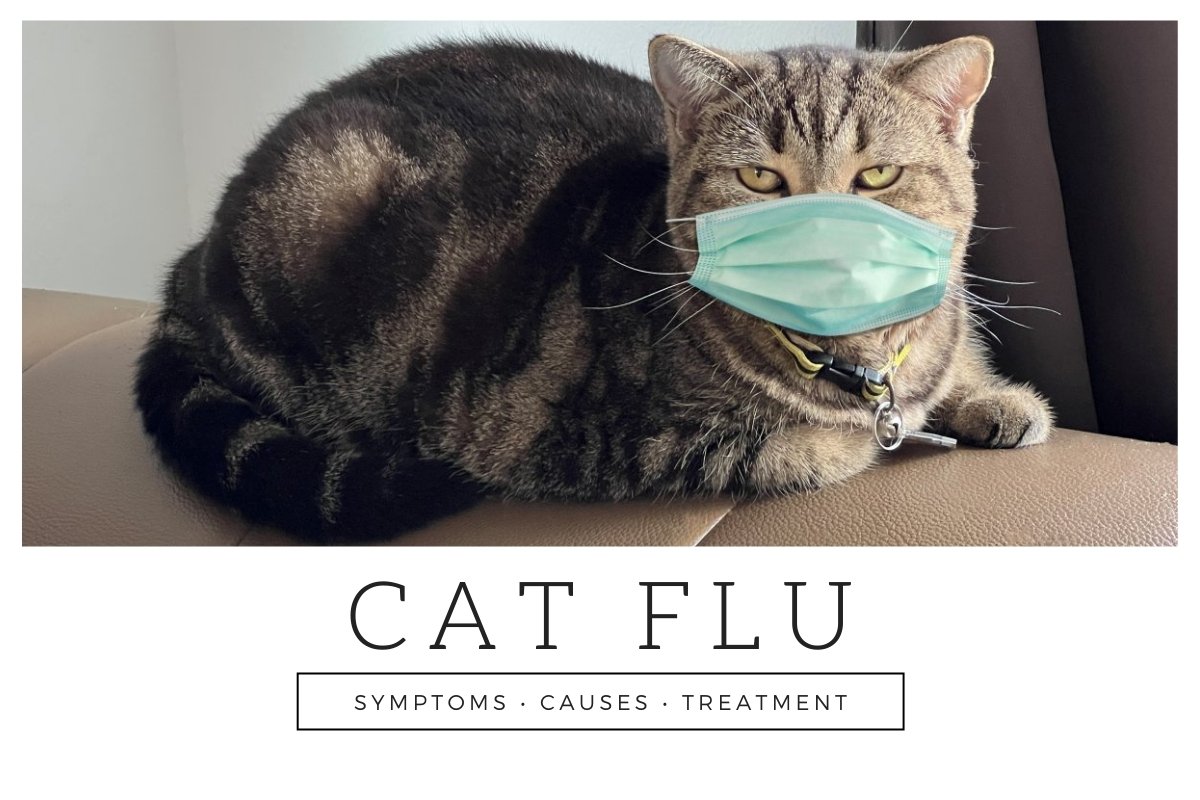
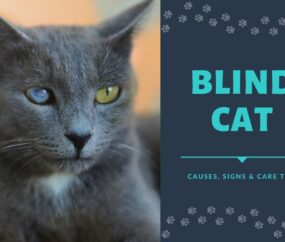
1 comment